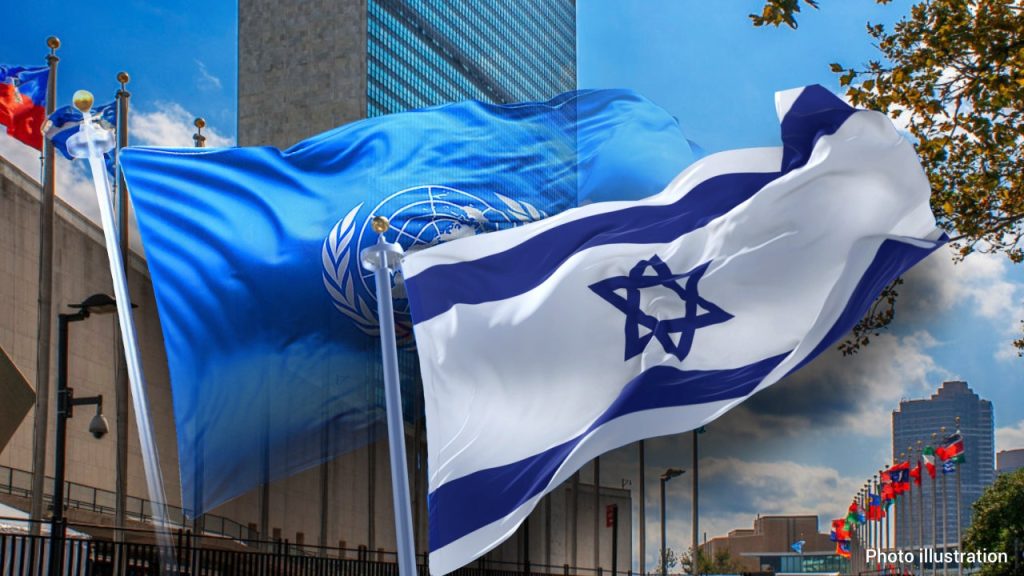Recent tensions between the United Nations, Israel, and Hamas have brought attention to the delivery of humanitarian aid to the war-stricken Gaza Strip. U.N. Secretary-General Antonio Guterres encountered blocked relief trucks at the Rafah border crossing, leading to accusations from Israel that the U.N. was obstructing aid deliveries. The conflicting narratives highlight the challenges of getting food, water, and medicine to over 2 million civilians in Gaza, where malnourishment is a growing concern.
Israeli officials claim there are no restrictions on aid entering Gaza and have made efforts to open additional crossings to facilitate deliveries. However, the U.N. maintains that blockages exist due to lengthy screening procedures and limited operating hours, particularly at the Rafah crossing controlled by Egypt. The contentious issue has raised concerns about the distribution of aid by Hamas, with reports suggesting that the group may be manipulating supplies for political leverage and recruitment.
The situation in Gaza is further complicated by local gangs looting aid shipments and aid workers facing security risks. Hamas’s control over parts of the territory and allegations of aid distribution inefficiencies by UNRWA have added to the challenges of ensuring aid reaches those in need. Israeli involvement in aid distribution has increased, with the IDF working with international partners to provide humanitarian assistance while also battling Hamas militants.
Efforts to address the aid distribution challenges include enhancing inspection capabilities, opening new roads into Gaza, and exploring creative solutions to reach vulnerable populations. The involvement of multiple international organizations, including the U.N. and the World Food Program, underscores the collaborative approach to alleviate the humanitarian crisis in Gaza. However, concerns remain about the accountability and transparency of aid distribution in a complex political landscape.
The accusations and counter-accusations between Israel, the U.N., and Hamas reflect broader tensions in the region and the complex dynamics of providing humanitarian assistance in conflict zones. Balancing the needs of civilians with security considerations and political interests poses significant challenges for aid agencies and governments involved in the delivery of relief supplies. Addressing the root causes of aid distribution problems requires a multifaceted approach that considers the roles of all stakeholders and prioritizes the well-being of vulnerable populations in Gaza.
The ongoing humanitarian crisis in Gaza underscores the urgent need for coordinated efforts to ensure that aid reaches those in need. Despite the challenges and obstacles in aid distribution, the commitment of international organizations, governments, and humanitarian actors to provide assistance demonstrates a shared responsibility to alleviate suffering and address the complex humanitarian needs of the population in Gaza. Moving forward, continued collaboration and advocacy for improved access, transparency, and accountability in aid distribution will be essential to support the most vulnerable communities in conflict-affected areas like Gaza.


